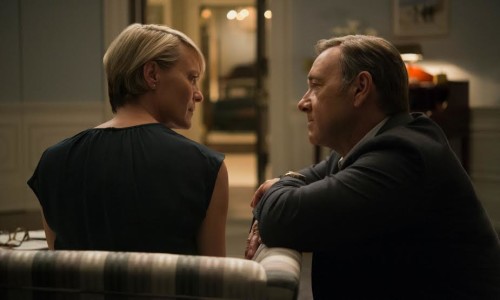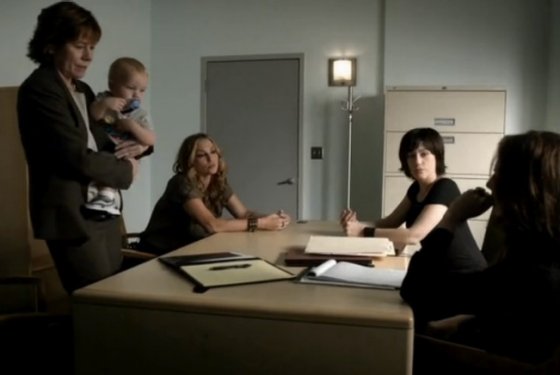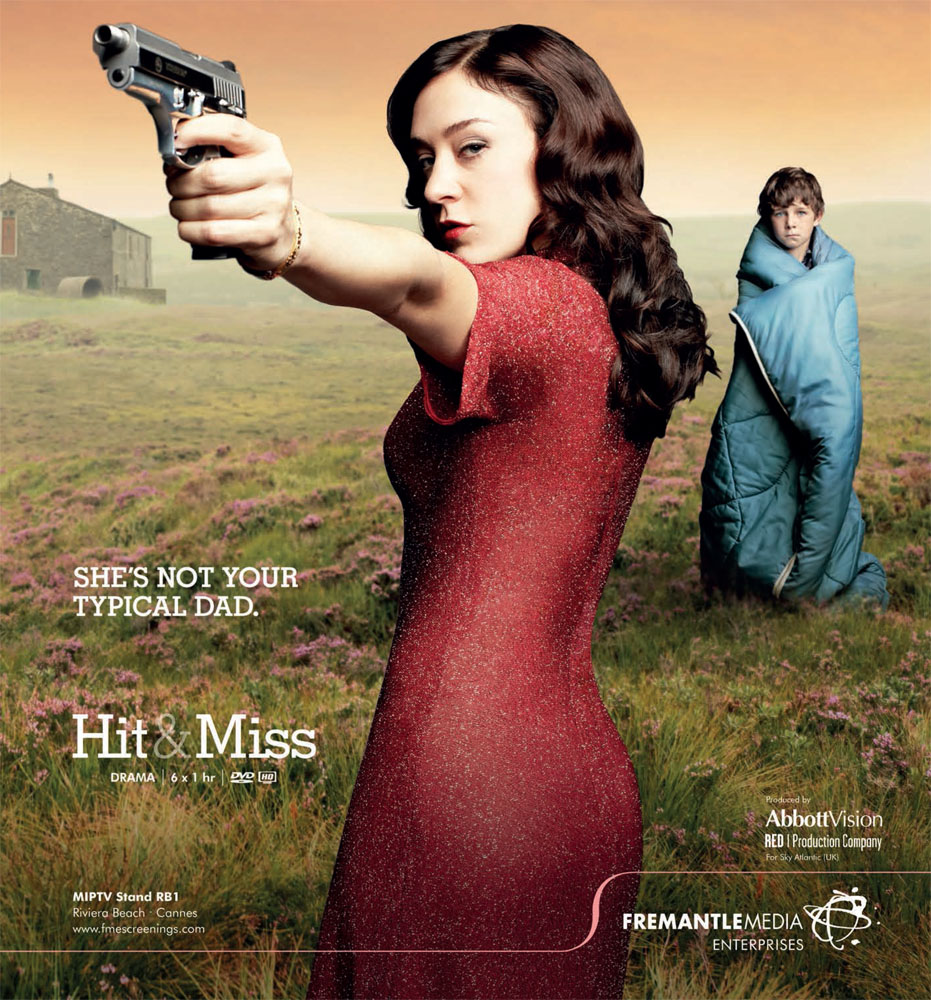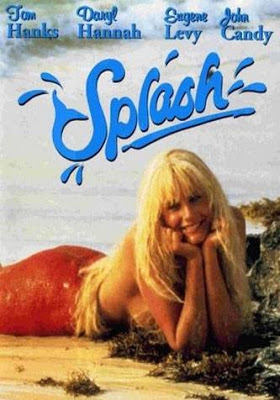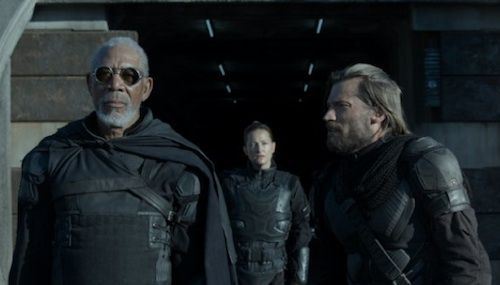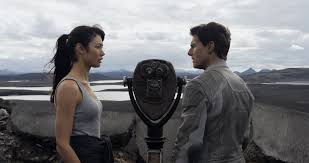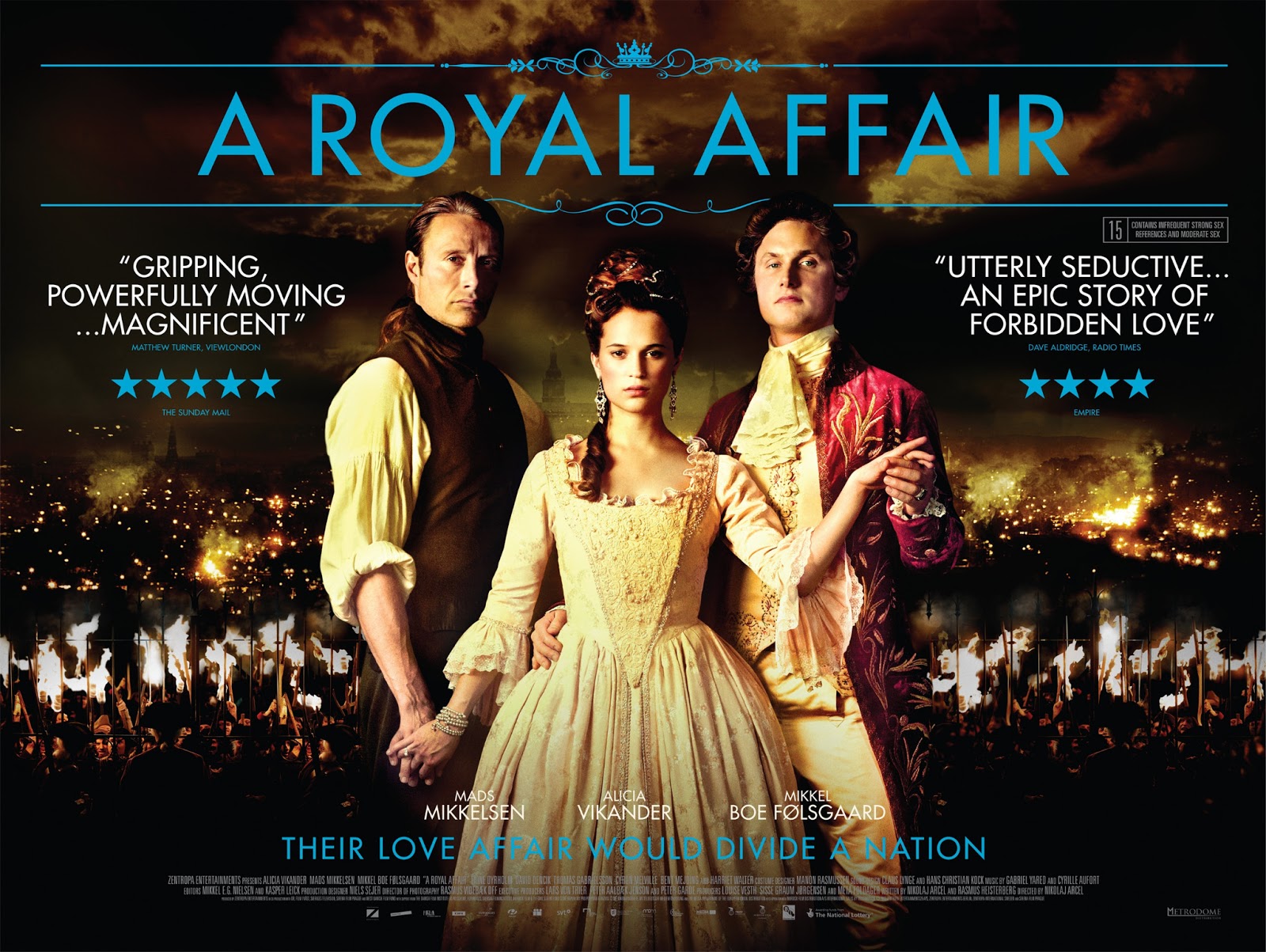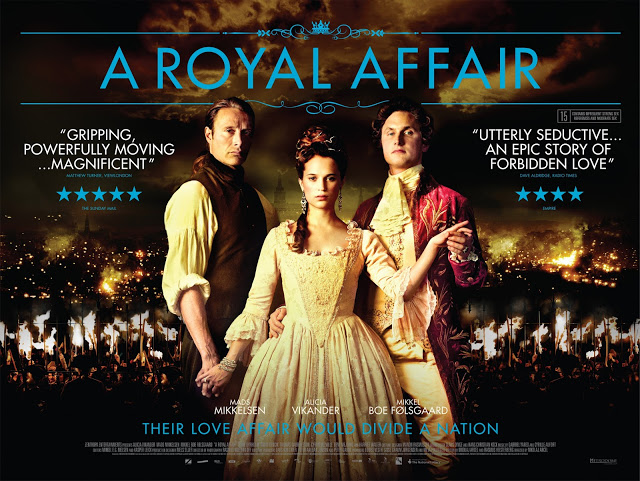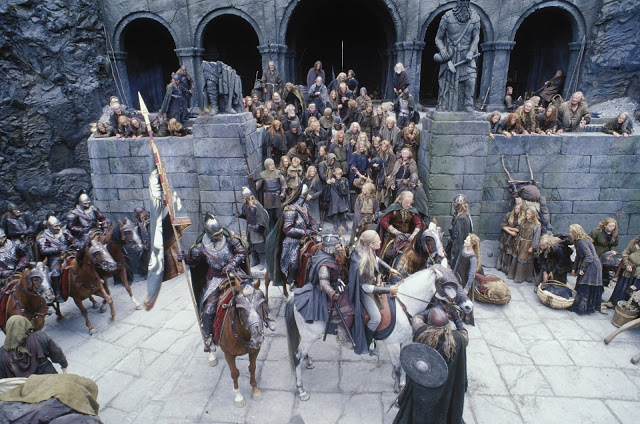
This guest post by Tilly Grove appears as part of our theme week on Masculinity.
The attributes required to be a head of state and the attributes associated with masculinity have long been concurrent. Indeed, this is at least partly why so many heads of state, certainly in Western societies, are and historically have been men. Leaders are seen to be, or need to be, strong, rational, wise and assertive; these are also traits of masculinity, and considered to be the opposite of those associated with femininity and thus women. Women are seen to be peaceful, impulsive, weak-willed, timid and submissive. Though this is clearly untrue, the perception ensures that women are only able to succeed and be taken seriously in politics if they adopt masculine traits and disown feminine ones. They are placed under intense scrutiny by their rivals and the public to ensure that they do not revert back, and criticism will be invariably gendered.
Francis “Frank” Underwood (Kevin Spacey), the lead character of Netflix’s American remake of the British show House of Cards, is practically designed to showcase masculinity as he schemes his way to the President’s office. We are first introduced to Frank, who is then a congressman of the Democrat Party and House majority whip, finding out that he has not been appointed Secretary of State, an arrangement it is soon revealed that he had orchestrated by securing the election of President Garrett Walker. The show then follows his progression through the White House via less conventional means. He manipulates, exploits, backroom deals, and even kills his way from congressman to vice president and finally into the Oval Office itself. He has no qualms in disposing of his fellow congressmen, lovers, and even the President of the United States to get there, and no method is too underhand.
Frank’s ruthlessness is central to his masculinity. He is unashamed of his thirst for power and he will do anything to achieve what he wants. Even when we think we are seeing a softer side to him–for example when he takes young congressman Peter Russo under his wing to get him on the nominees list for Governor of Pennsylvania, or when he embarks on a symbiotic professional and then sexual relationship with the journalist Zoe Barnes–all is never as it seems. Frank makes reference to the fact, when he visits Barnes on Father’s Day, that he considers those he draws into his web as children when he responds knowingly to her statement that he doesn’t have any with, “Don’t I?” However, far from caring for his “children,” he uses them for his own gains and disposes of them when he is done or they threaten his dominance. When he sabotages Russo in order to fill the governor position with the incumbent vice-president, opening up that seat for himself, he sends the former alcoholic into a downward spiral and eventually kills him, making it look like suicide, when it becomes clear he is a liability. Likewise, when Barnes begins to suspect that Frank is behind this death and the other dealings occurring in the White House at that time, and after she has decided she no longer wants to sleep with him, he pushes her in front of a subway train.
In a more traditional story, we might expect Frank’s wife, Claire, to provide a feminine, maternal complement. Instead, we are given a character who at least on first appearances is every bit as ruthless and power-hungry as her husband. In her appearance, she opts for short, sharp haircuts, grey-blue outfits, and constant steely eyed determination. In her professional life, she is head of an NGO, the Clean Water Initiative, and her own career path seems very important to her. When she works together with Frank on an environmental bill designed to improve Russo’s public reputation and Frank does not give her the money she is expecting, she goes behind his back to ensure the legislation does not pass, and then goes to stay with her former lover Adam Galloway without informing Frank where she is. Considering that up until this point we have seen the two as a unit, sharing cigarettes and supportive words, this is a shock.

After this, it is difficult to gauge exactly the nature of the Underwoods’ marriage. At times, it seems healthy – mutually supportive, loving, and even where they both engage in extramarital affairs, this is only an issue when they are not open with the other about it. At other points, it seems that perhaps Claire is just yet another pawn in Frank’s game. He states in Chapter 3 that he loves her “more than sharks love blood,” but the image that this creates is not one of tenderness, but one of violent lust. Given the two rarely have sex with one another, this lust is defined by power instead. Frank uses Claire’s role with the CWI when he needs to, he uses her personal experiences of rape when he needs to, and he uses her support and her presence when he needs to. Claire is supposed to gain from this situation, too, but in Season 3 it becomes evident that she has not. Claire tries to get voted into a UN ambassadorial role and fails, so she relies on Frank to get it for her instead. When circumstances lead to a public fall-out between the US and Russia, she is then forced to resign, and performs only the role of First Lady. For Claire, this appears to be feminisation against her will.
For both of the Underwoods, we do get an occasional glimpse behind their masks of masculinity. With Frank, it is in his sexuality. Homosexuality is often regarded as being in direct opposition to masculinity, because it is both seen as taking on the traits of femininity and women and also because it requires that a man does not perform the task of dominating a woman. Perhaps this is why Frank is never open with anyone about his tendencies, but it is heavily implied in Chapter 8 that he had some kind of relationship with one of his old friends at military college, Tim Corbet. Later in the show, in Chapter 24, we see the Underwoods engaging sexually with their bodyguard, Edward Meechum. Claire remarks that Frank “needed that.”
For Claire, her struggle appears to be with her latent femininity. When she shows up at Barnes’ flat to demonstrate that nothing about her affair is secret, it is obvious that she is desperate for control, but given that she immediately restarts her affair with Galloway after learning of what is going on with Frank and Barnes, it is likely that there are elements of jealousy and insecurity too. In Season 2, when she uses her friendship with the then-First Lady Patricia Walker to enable Frank to continue to manipulate her husband out of the presidency, upon being told by Patricia that she is a “good person,” Claire puts down the phone and bursts into tears, clearly feeling guilt. Meanwhile, in Season 3, her decision to stay with a gay activist imprisoned in Russia as he starves on hunger strike ultimately leads the relations between America and Russia, that Frank had been working tirelessly on, to break down.
It is this point at which things significantly begin to shift in Frank and Claire’s relationship. This entire situation, which occurred in a succession of embarrassments for Frank, clearly served as a challenge to his dominance and an infringement on his masculinity, especially coming from his wife. For Claire, meanwhile, it is evident that while Frank is fighting desperately to enforce his masculinity and remain in power, she has lost all of hers. This was not the agreement on which their marriage was founded, symbolised by the argument they have on Air Force One after the Russia debacle where Frank states that he should never have made Claire ambassador, and she retorts that she should never have made him president. This conversation sets into motion a chain of events that ultimately leads to Claire packing her bags and leaving. There can be little doubt that the presence of this indomitable masculinity in their relationship, and the constant fight to retain it, played a significant part in the breakdown.
Tilly Grove writes about feminism, pop culture, mental health and more at That Pesky Feminist. She tweets too much about the same at @tillyjean_.
